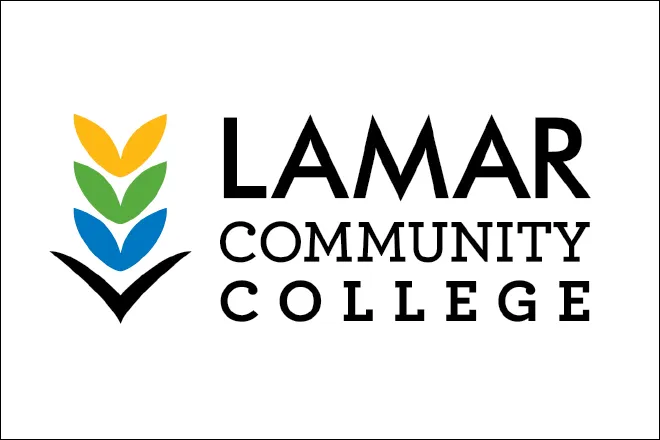
Colorado educators earning degrees could get $10,000 to cover prep costs
Click play to listen to this article.
(Colorado News Connection) Colorado has not yet recovered from the pandemic when it comes to fully staffing its public schools.
This past school year, districts faced a shortage of nearly 7,000 teachers, about 12 percent of the workforce needed.
Margarita Tovar, chief talent officer for the Colorado Department of Education, said a successful program is helping to increase the number of teachers in parts of the state facing the biggest shortfalls by removing cost as a barrier from entering the profession.

"The Colorado Department of Education is inviting aspiring educators who are interested in teaching in a shortage area, and who can commit to working in that area for three years to apply for up to $10,000," Tovar explained.
Educator recruitment and retention stipends are meant to help cover educator preparation program fees. Applicants must be enrolled in a Colorado-approved traditional or alternative educator preparation program, or be enrolled in a Career and Technical Education credential program. Other qualifications and applications can be found online at cde.state.co.us. The deadline for applying is September 30.
When the program launched in 2021, 80 educators got stipends and agreed to work specifically in rural school districts. After lawmakers expanded the program to include the entire state in 2022, 749 educators got stipends. Tovar pointed out low wages remain the biggest challenge for attracting new teachers. And with schools now caught up in the nation's culture wars, the profession is not always seen in a positive light.
"Politically, nationwide we are facing challenges with folks attacking public education," Tovar observed. "That certainly hurts us when we talk about recruitment and retention."
Nearly 25 percent of educators who got stipends in 2022 were educators of color, which is in sync with the state's demographics. Overall, just 16 percent of the state's teachers are people of color.
Tovar cited a number of benefits when educators look and sound like their students.
"When we have a teaching body that mirrors the student demographics that we have in our state, academic rates go up, attendance rates go up and discipline infractions lower," Tovar outlined.
Support for this reporting was provided by Lumina Foundation.

















